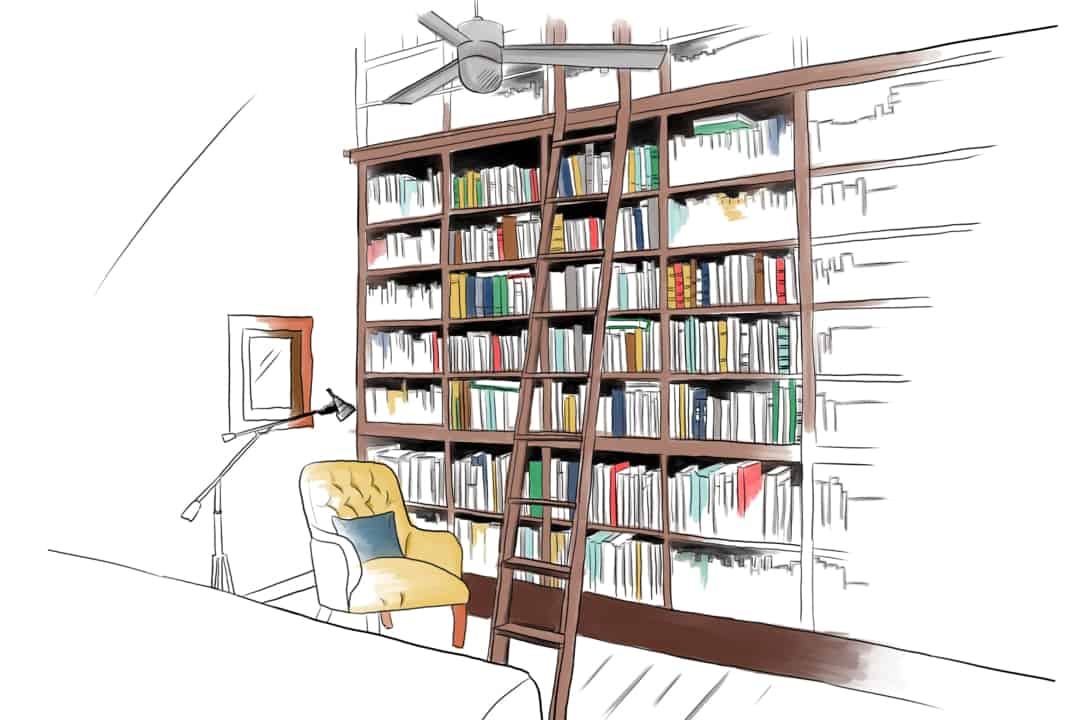Bursting with plots and side plots, back-stories and side-characters, Bobcat and Other Stories by Canadian author Rebecca Lee sprawls in endless directions, much like the vines that creep across the buildings of the university campuses that are the central link to all her tales.
Lee’s first short story collection is concerned with the drama that you might expect from a campus-centred novel: plagiarized papers, raunchy sexcapades with professors, and crappy roommates. But her vision also spans beyond the petty conflicts of a university campus. Bobcat and Other Stories is an ambitious work of fiction that strives to link desire, anguish, and the rest of the human condition with knowledge, theories, and ideas.
Lee, who is also the author of the 2006 novel The City is a Rising Tide, strives toward a lofty goal with her first collection of stories. As with revered contemporary authors such as Jonathan Franzen and Zadie Smith, Lee undertakes in Bobcat and Other Stories the daunting task of combining the macrocosmic world of ideas, history, and politics with the microcosmic one of family, friends, and the individual. But while Franzen and Smith allow their plots to unfurl across the many pages of epic-length novels, Lee works in a much more condensed medium. Her choice of format begs a particularly important question: can such a hefty combination of thought and knowledge function properly in the short story genre, a form that traditionally values conciseness and precision?
The answer is yes and no, depending on the story, but for the most part, Bobcat works quite well. A notable example is the wonderful story, “Min.” The tale follows Sarah, a confused gender-studies student, during her summer abroad in Hong Kong, where she becomes involved in arranging her friend Min’s marriage. In just over thirty pages, Lee majestically weaves together such disparate themes as new-wave feminism, a licentious professor, traditional Asian values, a middle-American university, and the Vietnamese refugee situation in Hong Kong, all while depicting her protagonist’s strange coming-of-age summer.
Academic disciplines are clearly important to Lee, and the subjects that her protagonists study or teach usually play a role in defining the thematic scope of her stories. In “Banks of the Vistula,” what the story’s narrator refers to as “the sweetness” of the sentence becomes significant as the personal lives of the students in a linguistics class begin to intertwine. In the more humourous “World Party,” a classics professor, who teaches a course covering the major conflicts and dilemmas of Caesar and Cleopatra, ironically sits on the “Faculty Hearings Committee,” a group designed to solve the minor conundrums of the university where he teaches.
Unfortunately, the titular story “Bobcat,” which portrays seven diners attending a Manhattan dinner party, is defeated by Lee’s preoccupation with academia. The characters speak as though they are professors lecturing in a classroom, and Lee appears to be more concerned with postulating on abstract concepts than with developing the fictional world of her characters.
“Bobcat” is littered with an abundance of quoted poetry, biblical references, and theoretical ideas. While a longer novel might be able to balance out such erudite musings with its character and plot development, Lee’s short story veers dangerously close to crude intellectual masturbation.
But perhaps we shouldn’t read Lee’s intellectualism as a fault. If in Bobcat and Other Stories, Lee is trying to capture the realities of university life, isn’t it fitting that she includes a little pretension?


